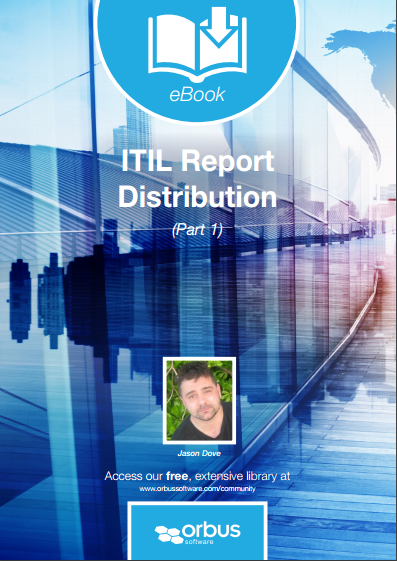In this whitepaper we shall look at the ITIL Reporting Suite as a whole and what types of reports are needed for each stakeholder level. Getting this right is important for a healthy ITIL infrastructure and overall view on performance.
In this whitepaper we shall look at the ITIL Reporting Suite as a whole and what types of
reports are needed for each stakeholder level. Getting this right is important for a healthy
ITIL infrastructure and overall view on performance.
The purpose of this white paper is to provide a starting point for Project Managers and
Business Analysts who want to ensure their ITIL implementation is fully supported.
An important mind set when considering ITIL reporting is not to get too hung up on
business intelligence or management information, and consider all the aspects reporting
and how it aids the ITIL infrastructure.
Reporting Proportions
No ITIL solution is the same and personal experience has shown it is impossible to predict
what aspects of ITIL an organization will decide to adopt. Even things like the Service
Catalogue which many (myself included) would consider essential may be absent. With
this in mind, this piece focuses more on the overall proportions of reporting areas and
broad levels of interest rather than specifics which may not always apply.
A second point worth making before we leap in is that we are really looking at metrics
rather than full reports. Reports are nothing more than a way to collate and display metrics,
with one metric potentially featuring in a myriad of forms across multiple reports. This
makes trying to prescribe actual reports nonsensical. This considered, we will be focusing
on metrics and general types of reports that can be used when applicable.
Login to continue reading this ebook or register to download.
